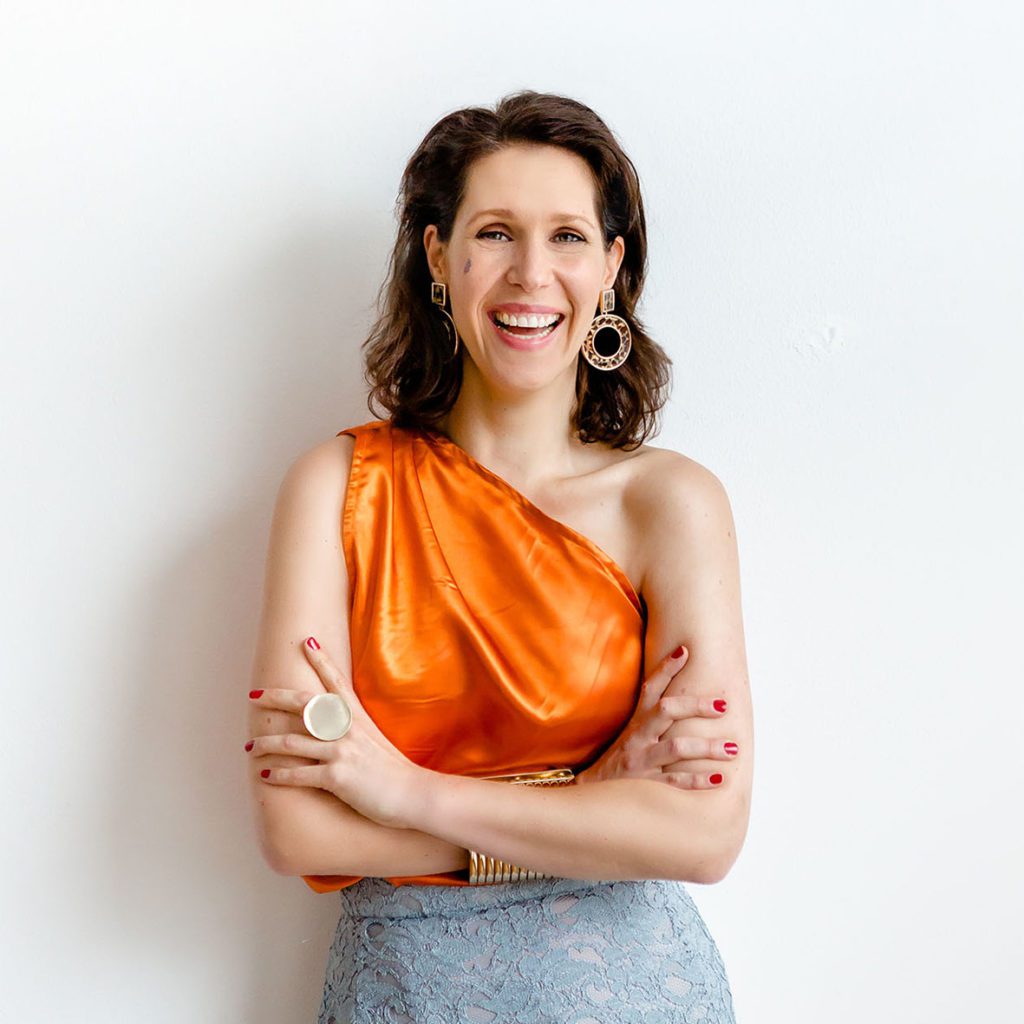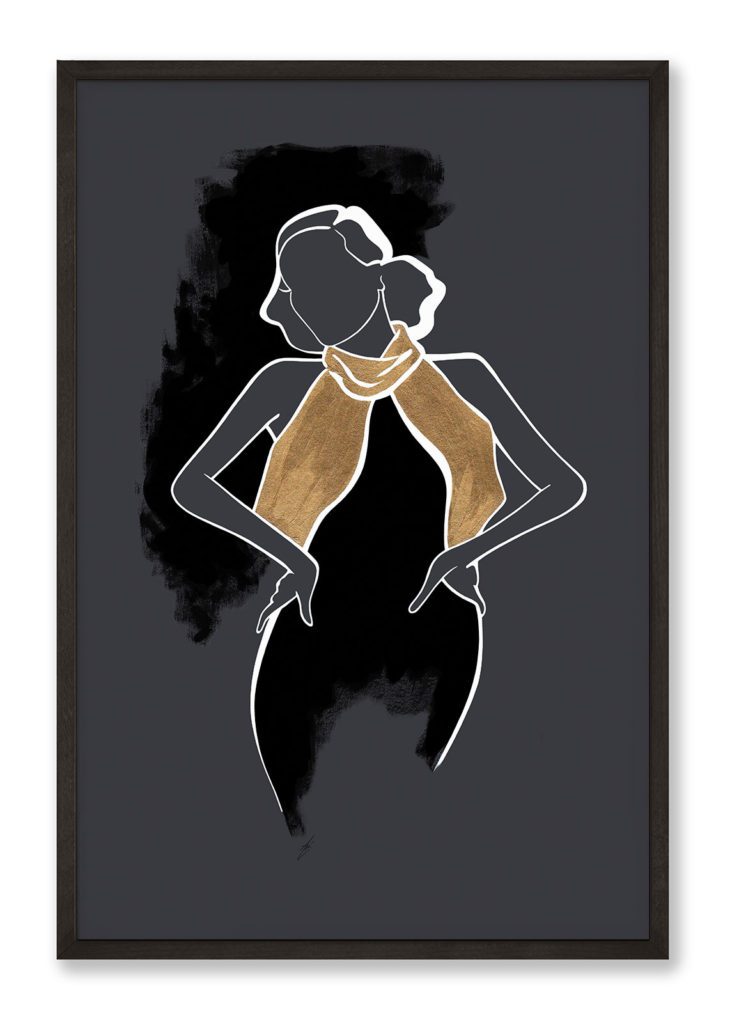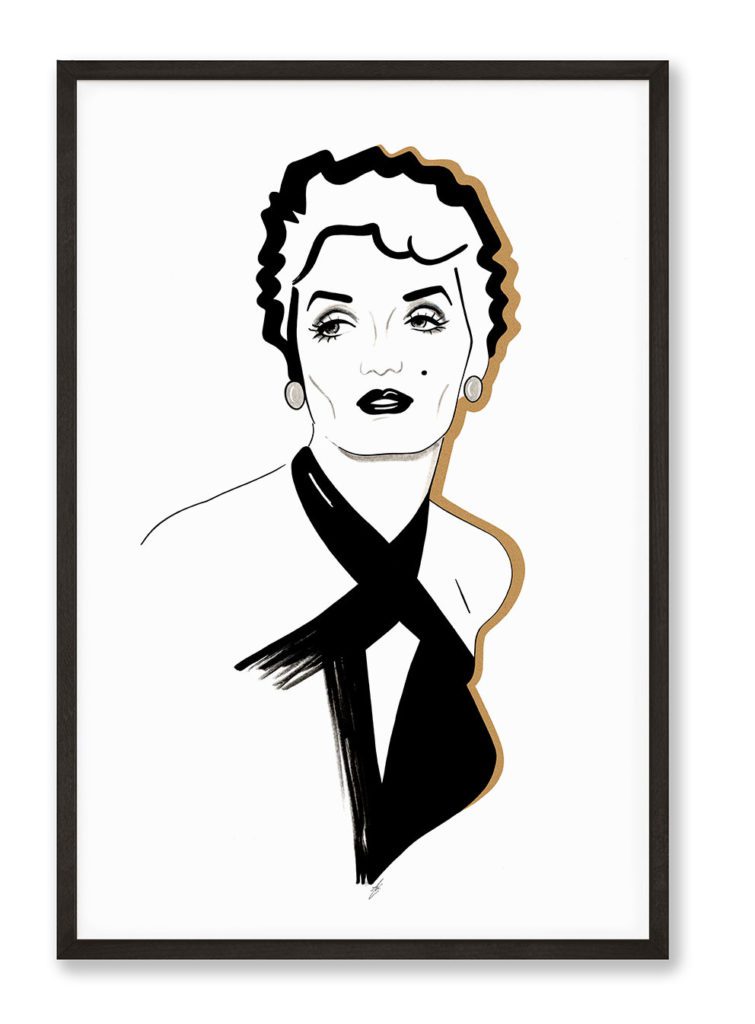Claudette Colbert
The only woman to star in 3 Academy Award nominated Best Motion Pictures in one year!




Hi, I'm Kat!
What I am most passionate about is to inspire you to see that your life is your own and biggest masterpiece.
Lorem ipsum dolor sit amet, consectetur adipiscing elit. Ut elit tellus, luctus nec ullamcorper mattis, pulvinar dapibus leo.
Claudette is the 12th greatest female star of Classic Hollywood, besides Elizabeth Taylor one of the great actresses to portray Cleopatra on-screen and one of the few early movie stars that defied the studio system and worked freelance successfully.
LISTEN TO THE PODCAST
SUBSCRIBE TO THE PODCAST
Beginnings
Émilie „Lily“ Claudette Chauchoin was actually born in one of the suburbs of Paris, France, in 1903. Her mother Jeanne Marie as well as her maternal grandmother were raised on the Channel Islands – therefore, they as well as little Èmilie were fluent in English as well as French. Emilie was called Lily – after Lillie Langtry, the most prominent inhabitant of the Isle of Jersey. You might have heard of her in my episode on Elinor Glyn, who was also born on the Channel Islands.
Lily’s father had a pastry shop and worked as an investment banker on the side – not very successfully though. His mother-in-law suggested him to move his family to America for better fortunes. And so they did.
In 1906, when Lily was only three years old, the Chauchoin family moved to Manhattan, New York, and the father took on a minor role at the First National City Bank. Lily was very interested in the arts when growing up and intended to become an artist, a painter more precisely. She attended Washington Irving High School, which was well-known for its arts program. To increase her proficiency in painting, Lily enrolled at the Art Students League of New York additionally and paid her tuition by working in a dress shop.
But, she not only learned painting, but was also invested in the theatre and made her stage debut in 1921 at age 18. She actually appeared on Broadway in a role in Anne Morrison’s „The Wild Westcotts“ in 1923, age 20. Claudette actually met Morrison at a party. For her Broadway debut, Lily had changed her name – from Lily Chauchoin to Claudette, which was her original second name and her paternal grandmother’s last name Colbert. So, this was when Claudette Colbert the actress was born and presented to the public.
The year after, she signed a 5-year-contract with Broadway producer Al Wood and celebrated successes on Broadway. What she did do during this period was to pronounce her name differently: Col-best instead of Col-baire – she really did not want to be type-cast as the French maid. She did not only succeeded on Broadway, but also in London’s West End. That is exactly where Lesley Hayward, a producer, found her and pointed her towards silent movies in 1927 with a role in the now lost film ‚For the Love of Mike‘. This was Colbert’s start in the movie business.
Only one year later, in 1928, Colbert signed a contract with Paramount Pictures. For the talkies! Because the studios were searching for new talent that could handle the requirements of acting as well as sound and voice. Colbert was distinctly unconventionally beautiful with high cheek-bones, dark hair, musical voice, transatlantic and British accent, elegant movements and a captivating personality. Therefore, a great choice for Hollywood. Her first movie was ‚The Hole in the Wall’. Filming on the East Coast, she was still able to appear on stage on Broadway at the same time.
Hollywood
Her film roles got bigger though and one of the most important appearances of her career was in Cecil B DeMille’s ‚Sign of the Cross‘ in 1932 as Poppaea, second wife of Roman emperor Nero and femme fatale. Her most iconic scene was her taking a bath in a pool of milk. This movie was a straight box-office hit. Colbert was averaging four movies a year and most of them were commercial and critical successes.
In 1934, aged 31, Colbert starred in the Frank Capra screwball comedy ‚It Happened One Night‘ with Clark Gable. She actually did not want to do the movie, but agreed when she was offered a significant amount of money – namely $50.000, which today would be a roughly $1.1m as well as a guaranteed shooting time of 4 weeks as she wanted to take a planned vacation. Funnily enough, she wasn’t even first choice for this movie either – Capra and Colbert did not like each other very much after filming ‚For the Love of Mike’ four years earlier and Colbert was Capra’s last choice, after seven other stars and starlets turned down the role. She made filming apparently quite hard for him and the others and even refused to do the film’s most famous scene – that is when her character hikes up her skirt and shows a bare leg to hitchhike a ride. She only agreed to do so, when Capra brought in a Hollywood hopeful to be her body-double. Colbert got rather jealous of the beautiful actress that she finally agreed to film the scene as it was intended in the script.
In the end, she received the Academy Award as Best Actress for this role. Only one year later, Colbert played ‚Cleopatra‘ in the movie of the same name – it became the highest-grossing movie of that year in the US. Her third movie of 1934, „Imitation of Life“ also proofed to be a massive success at the box office and until today, Claudette Colbert is the only actress to star in three movies nominated for the Academy Award for Best Motion Picture in one year (Imitation of Life Cleopatra and It Happened One Night)
Colbert rose through the ranks of Hollywood and was the highest paid actress by 1936 and again in 1938. I She appeared both in romantic comedies as well as dramas with leading men such as Melvyn Douglas, Fred MacMurray, Ronald Colman, Herbert Marshall and James Stewart. In 1940, she was earning roughly $3m per movie when corrected for inflation. But, this only happened when she learned that this was the sum she could demand for her acting and said goodbye to the studio contracts that offered her less than that per year. This started her freelance career and the height of her success. Hits like ‚Boom Town‘, ‚Arise, My Love‘. ‚The Palm Beach Story‘ and ‚So Proudly We Hail!‘ Followed. David O. Selznick was so impressed by Colbert that he offered her the role of the mother in ‚Since You Went Away‘, which of course Colbert initially did not want to accept – because being the mother usually means the end of the younger roles. But, in the end, she did the part – it became that year’s third highest-grossing movie after Bing Crosby’s ‘Going My Way’ and Judy Garland’s ‚Meet Me in St. Louis’ and it earned her an Academy Award nomination for Best Actress. But, Colbert was not only an active actress, but also lent her pleasing voice to several episodes of radio shows like the ‘Lux Radio Theatre’ as well as ‚The Screen Guild Theater‘ from the 1930s until the 1950s
Interestingly, Colbert was the first choice for „All About Eve“ – but when she severely injured her back right before the start of filming, Bette Davis swooped in and got a nomination for Best Actress.
Colbert had great critical and commercial success in movies for Paramount and RKO throughout the 1940s and ranked in the top ten money-making stars poll throughout the decade. Her major movie career fizzled out by the early 1950s with only minor, mostly European movies, when Colbert was turning more towards TV and stage work. A contributing factor for this move might have also been her age as Colbert was nearing her 50th birthday.
Television and Broadway
Amongst other TV engagements, Claudette Colbert struck a deal with CBS to star in several teleplays, guest-starred on ‚Robert Montgomery Presents‘ as well as ‚Playhouse 90‘, hosted the 28th Academy Awards in 1956 and was cast in Dick Powell’s ‚Zane Grey Theatre‘. Her last appearance on screen was in 1987, when Colbert was 84 years old in the miniseries ‚The Two Mrs. Grenvilles’ that own her a Golden Globe as well as an Emmy Award nomination.
In addition to TV, Colbert got back to the stage in several Broadway productions like 1958’s ‚The Marriage-Go-Round‘ that got her a Tony Award nomination and later plays like ‚The Irregular Verb to Love‘, *The Kingfisher’ and *Aren’t We All’. She enjoyed the stage work so much that she actively instructed her agent to end all efforts for movie and television work.
Style
Claudette Colbert was extraordinary – she had a distinct, heart-shaped face with high cheek bones and big brown eyes, framed by dark curly hair. Her 5 ft 5 frame was well-proportioned and moved in a relaxed and elegant manner. She always seemed a little mysterious and rather intelligent.In contrast to other Hollywood stars of the period, her comedies never featured physical comedy, but only dry observations and comments.
Colbert was very particular, maybe even a bit self-conscious, about her features and how they would photograph. For example, she always wanted the right side of her face turned away from the camera when being filmed in close-up, because of a nose fracture as a child. This apparently sometimes required movie sets to be redesigned and re-arranged. She required particular cameramen that she trusted and learned about lighting and cinematography in order to ensure that she was photographed in the best possible manner. Some of her co-stars and co-workers on movies were afraid of her, her expertise and her demands. She actually did not like color movies and preferred black-and-white-photography as she believed she photographed better that way.
As she herself put it: „I know what’s good for me – after all, I have been in the Claudette Colbert business longer than anybody.“
Overall, A. Scott Berg said about Colbert that she „helped define femininity for her generation with her chic manner.“
A 1934 Motion Picture feature on Claudette Colbert’s dressing style makes for interesting reading. In it, Colbert explains how to get the best fashion out of the money you have available – dividing fashion items in two parts: the one that can stand economy and the one that cannot. The things you can buy cheaper are hosiery and sometimes hat. Those that should never be cheap are shoes and a tailored suit. And gloves should be of good quality because of the wear they get.
Colbert, who was originally interested in art and fashion design, made sure to be always perfectly dressed.
Famous costume designer Jean Louis was hired for ‚Tomorrow is Forever‘ in 1946 and created 18 different wardrobe outfits for her.
Lifestyle
Claudette Colbert loved luxury and a high-level lifestyle. She gave her second husband a Beechcraft airplane as a present and purchased a ranch with him in Northern California with show cattle and horses, had a country house in Palm Springs for the weekends and a Lloyd Wright-deigned house in Holmby Hills in LA. She also drove expensive cars – a Lincoln Continental and a Ford Thunderbird. She is reported to never have asked for the price of things.
When her second husband was well as her mother and brother had died, Colbert divided her time between Manhattan and primarily Barbados, employing a housekeeper and two cooks. She died in Speightstown. Barbados in 1996, when being 93 years of age. One of her recipes for a long life: A glass of vodka and a vitamin pill per day – and no exposure to blazing sun.
A funny fact about Claudette Colbert: Apparently, she was not watching where she was going and constantly bumped into things.
Love Life and Relationships
In 1928, when Colbert was only 25 years of age, she married actor-director Norman Foster. They kept their marriage a secret – especially from Colbert’s mother – and lived in separate homes. Colbert’s mother disliked Foster to such an extend that she did not allow him to enter the home she shared with Claudette Colbert in LA. The marriage lasted for seven years – never being exposed to Colbert’s mother – before it was divorced in Mexico.
During her marriage to Foster, Colbert cheated on him with ‚It Happened One Night‘ co-star Clark Gable who was also married at that time.
The same year of her divorce from Foster, Colbert married Dr. Joel Pressman who was later professor at UCLA Medical school. How did these two meet? The Colbert family REALLY disliked Claudette Colbert’s first husband Norman Foster and her brother punched him in the nose at one gathering. Colbert took hi to the doctor and they stayed in touch until the timing was right. This time, Colbert made sure that her mother could not interfere and kicked her out of her home. The marriage with Pressman lasted for 33 years until his death from liver cancer in 1968.
Another important relationship was with painter Verna Hull, who is the sun of Vernon Herbst, phsychotherapist of Greta Garbo, and stepdaughter of a Sears Roebuck heiress – in short: Verna Hull was rich and carefree. They met when Colbert was 55 years old and formed a close friendship. They rented adjacent flats in New York, bought adjacent houses in Barbados, travelled together and enjoyed the arts together. There were multiple rumours that they might have been romantically engaged, but there was never any evidence of this. The relationship ended when Hull sent Colbert a letter during husband Pressman’s last days indicating that Pressman would kill Colbert in order to take her with him instead of dying a lone. Colbert cut off the friendship immediately and sent back every single gift ever received from Hull.
Another important relationship in Claudette Colbert’s life was her best friend Helen O’Hagan – retired director of corporate relations at Saks Fifth Avenue. They met in 1961 and became friends in 1970, when the friendship with Verna Hull had already ended and Pressmann, Colbert’s husband, had already died. Hagan was the one inheriting most of Colbert’s estate Upton her death, including her homes.
Colbert also left a significant amount of money to her housekeeper. To her niece Coco Lewis and to UCLA.
With all my love!
xx






